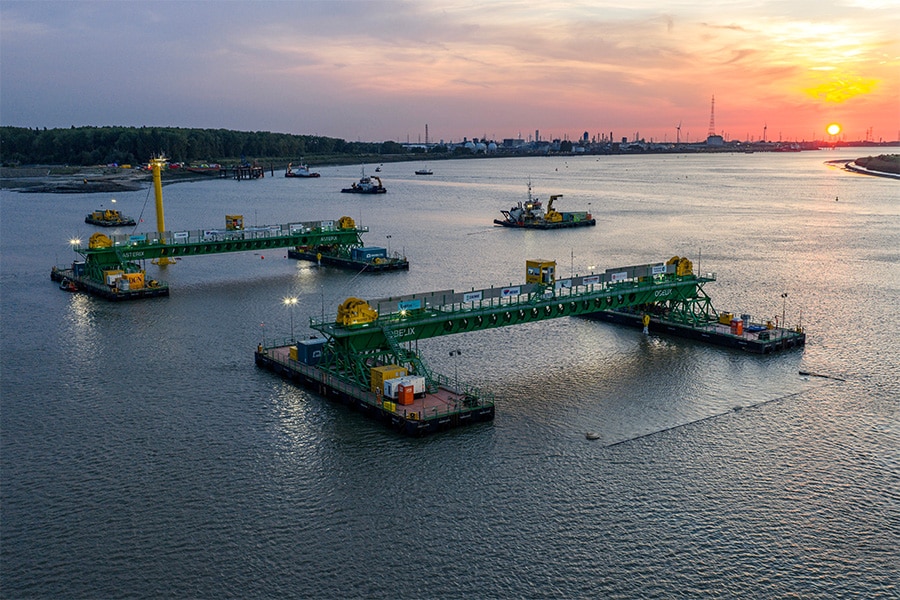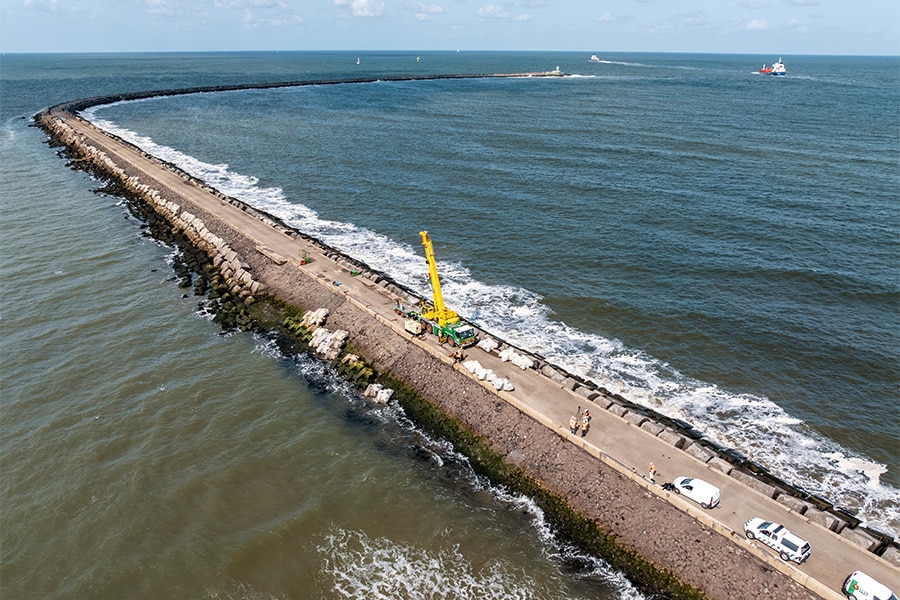
From physical reality to digital information
Managers of vital civil infrastructure, such as the Department of Public Works, ProRail, network operators and water boards have a great deal in common. Their primary goal is to guarantee optimal availability of the "network" for third parties. To this end, far-reaching digitization is essential. CGI is one such party engaged in this battle. Part of this is the development of mission critical applications or software that focuses on the core business processes of managers of vital civil infrastructure. A conversation with senior consultant Robert Voûte about how CGI brings the outside world inside.
Despite the many similarities of managers of vital civil infrastructure, each process has a specific information need, begins Voûte who is co-responsible for the direction and vision of CGI in the Netherlands in the area of geographic information, 3D modeling, positioning and operational images (COPs) with a specific focus on vital civil infrastructure. "Information needs have often grown traditionally and are often met locally with in-house automation. In order to get a better grip on what is actually happening outside, what the expectations are for the future and how to anticipate this as an organization, it is essential to become more data-driven. Decisions in business processes can increasingly be made on the basis of actual (geographic) data rather than on feeling or non-actual analog registrations."
Five dimensions
"We are good at creating software that allows our customers to control and optimize their business processes," Voûte clarifies. "Solutions today are increasingly built with standard software, the challenge then lies precisely in the quality of data collection. Preferably up to date but increasingly real-time based on sensor data. The latter in turn is linked to a location, for example a sensor in the road, in a work of art or even in a train (dynamic sensors). After all, data only has real value if you know where the pattern was generated. If a vibration sensor in a train always "catches on" at the same point, that may be an indication of an imperfection. So in addition to location (XYZ), we also distinguish the dimensions of time (past, present and future) and accuracy (level of detail). For our clients, this is very interesting. After all, they have an awful lot of assets that are somewhere, subject to change or wear and tear, or perhaps still need to be newly constructed."

BIM
BIM is also playing an increasingly important role in the infrastructure world, Voûte acknowledges. "BIM has its origins in utility construction and is now being applied in the GWW sector. We notice that people are struggling to properly delineate the BIM domain. It is a good time to move to the fifth dimension, the level of detailing of the information. The key is to consider at what level of abstraction you want to capture the information. In theory, it should be as detailed as possible, but why should you, as the client, care about that? What we suggest is that the asset data management piece be placed much more with the (maintenance) contractor. That can prevent a lot of hassle, since as a client it is virtually impossible to know where every screw is located and what its condition is. We have been working out strategies like this a lot recently with ProRail and Rijkswaterstaat. This has included looking at the corporate level how they should deal with 5D information with the aim of achieving a representation of physical reality. At the same time, CGI is also the party that handles the acquisition of the information for them."
"We at CGI focus not just on IT, but on our customers' complete end-to-end business processes," Voûte summarizes. "That means we build systems for customers for the core processes that are used on a daily basis. These are often also mission critical applications that must never fail because important time-critical decisions are made on the basis of these systems. The fact that we are not only an IT supplier, but can also have the debate in our customers' domain, because we are in the middle of their mud, makes us a reliable player."



